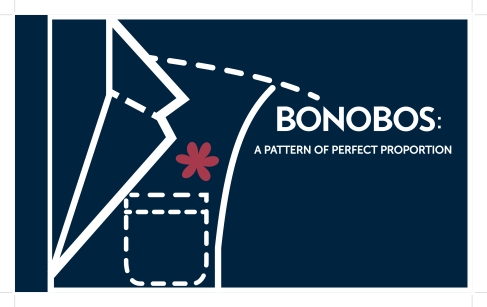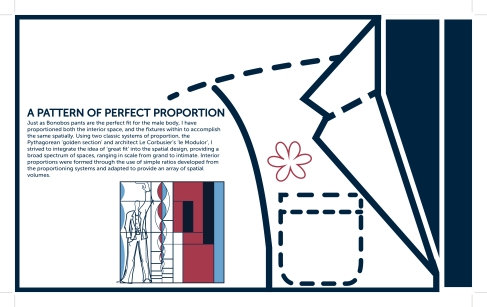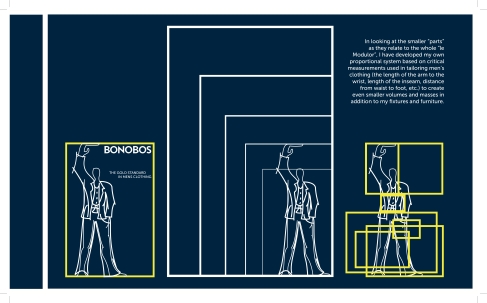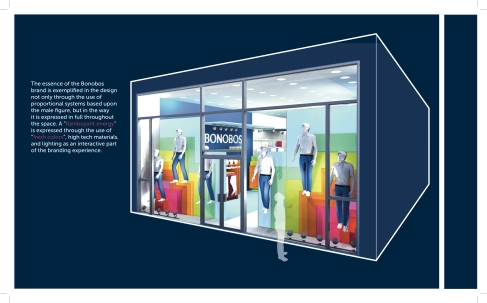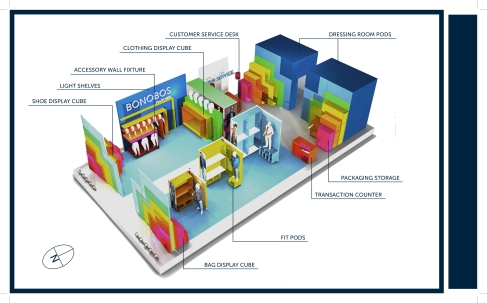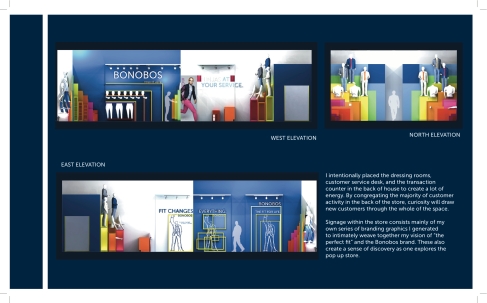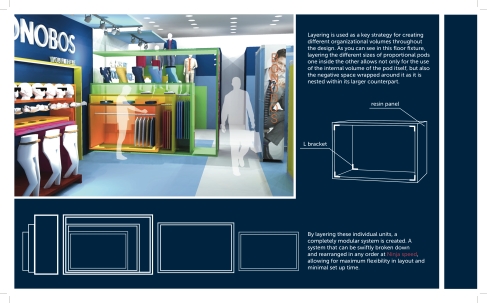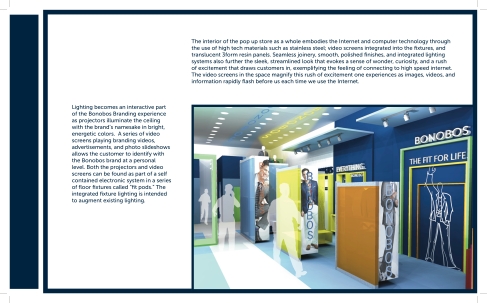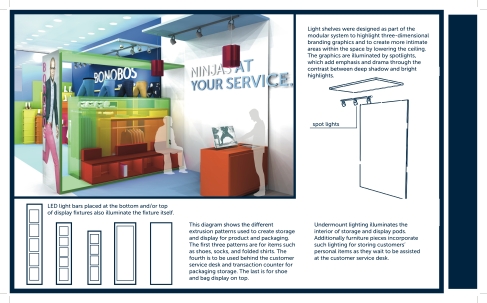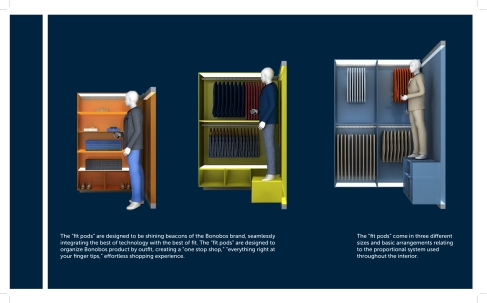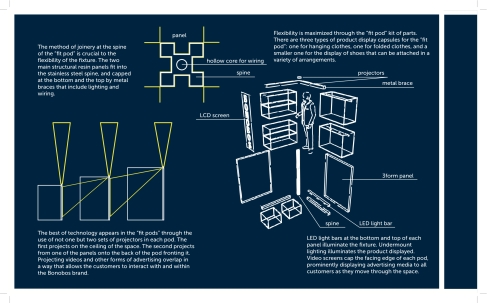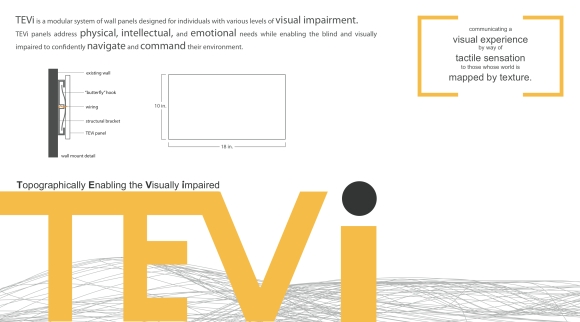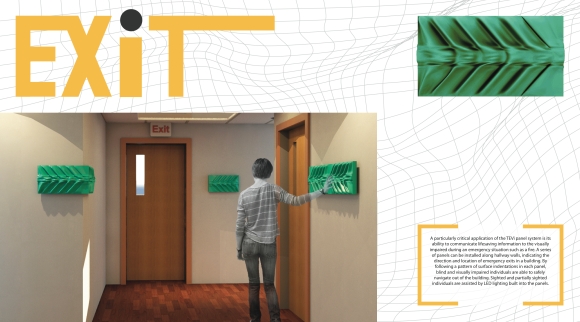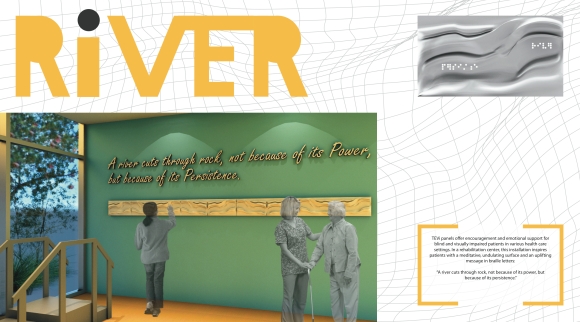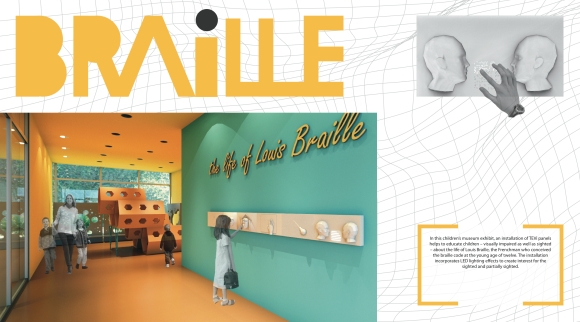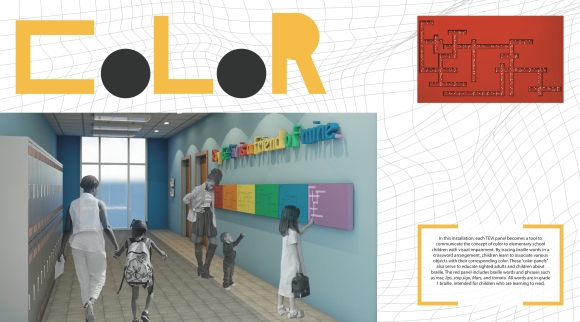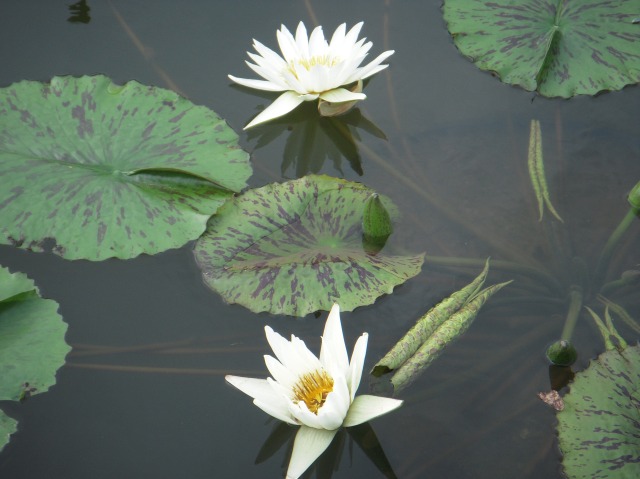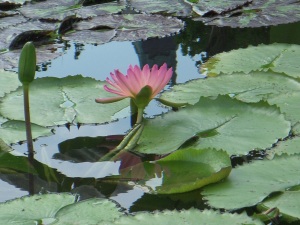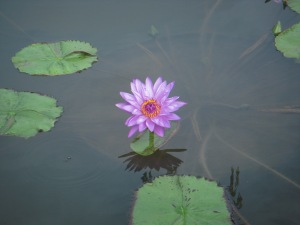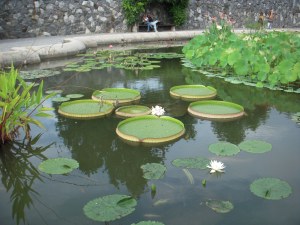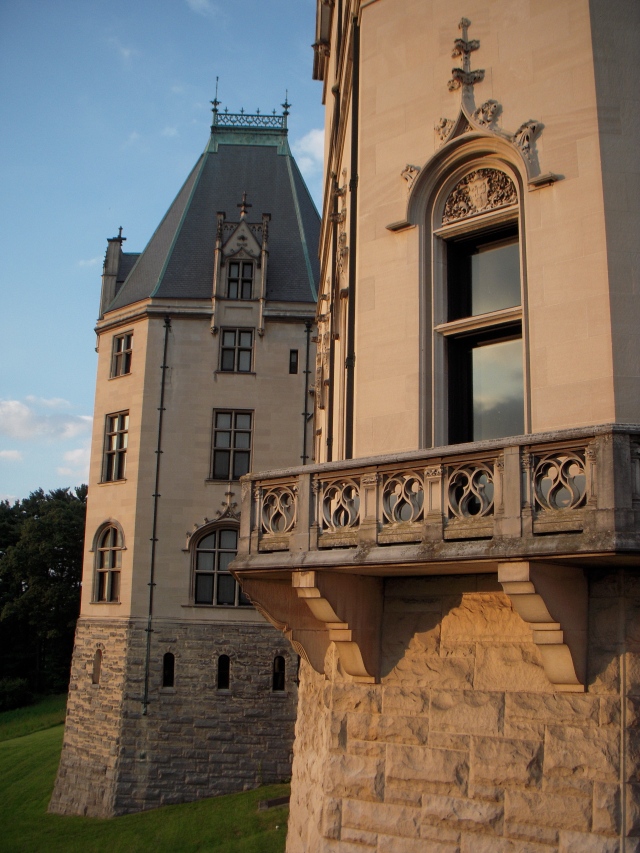In order to identify the key issues that will govern the design context of our studio redesign projects, the class conducted research in several areas including: contextual analysis, users/needs, social/behavioral factors, precedent studies, teaching pedagogies, and other activities. I will touch upon four of these.
Contextual analysis was meant as a study of the existing plans as compared to the building as it exists today (as built). In terms of the issues with sound pollution, we have come to find many of the acoustical products had been “value engineered” out of the building.
Thinking of the users and their needs for the space, aside from the usual complaints (no acoustical privacy, lack of storage, poor task lighting, etc.), there were several other areas within the studio that were asked for. These spaces include a napping area, a rendering lab, acoustically private meeting areas, and a full café. The café in particular was seen as an opportunity to bring the art department, and iarc together. Through the power of discussion the café has the ability to bring these two groups of students together, and thus continue learning outside of the classroom. Continuing student learning was a concern of the professors that was brought up under our discussion of teaching pedagogies.
The social and behavioral factors group looked at the space in its current state and how we, the students, currently use it. They brought up the point that we should redesign the space from the perspective of taking the “band-aids” we have placed on the space, and making them into permanent solutions. This entails actions such as: taking the walls we pin drawings to the sheetrock on, and put up pin-up boards; taking away the mini-fridges and microwaves, and make a place for a full kitchen or café; and taking the pictures taped to the windows and the objects placed on the sills, and giving us proper pin-up space and storage. As creative persons, we have the need to personalize our spaces because we see our desks as a reflection of ourselves. This is why I suggest that we do the same with the third and fourth floor studio spaces as a whole.
Currently, there is no representation of the iarc logo, or even a scrap of the signature orange or blue so often seen in our departments printed graphics to be found in the entire space. I propose a series of environmental graphics be created and put on the walls of studio. These graphics would include the iarc logo, the four core values of iarc and their definition, and “the Rules of iarc”. These graphics, I believe, would not only serve as special beautification, but would help to inspire and enliven the students working there, but would also be a reminder to all students of the way we are expected and taught to live and work with one another, and the communities around us.

